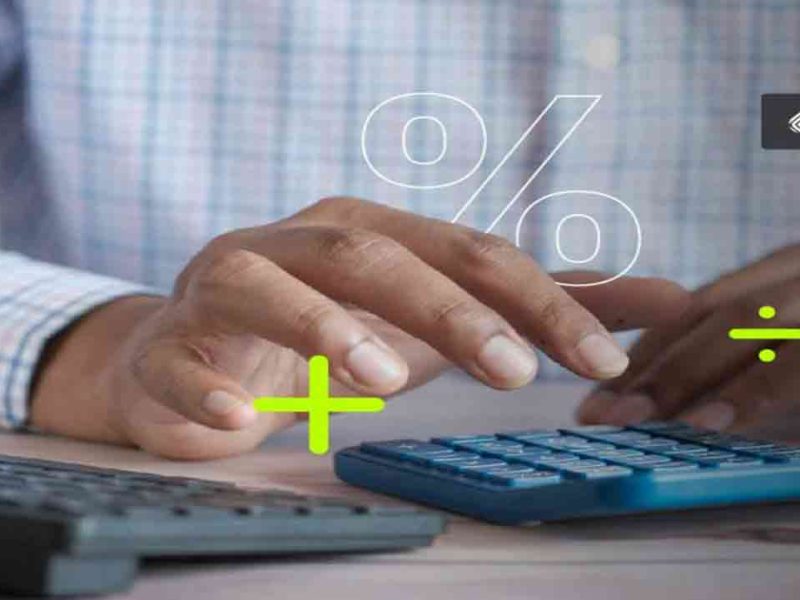Starting a business is a big step full of challenges, but also full of potential. One of the most important things you need to prepare is calculating your initial business capital correctly. Having the right amount of capital will not only help your business run smoothly but also provide a solid foundation for long-term growth.
But how do you calculate your capital correctly? This article will discuss it in detail, providing practical guidance that you can apply to various types of businesses, from small ventures to food-related businesses.
Also read: Corporate Card: Definition, How it Works & Benefits for Startups
What is Initial Business Capital?
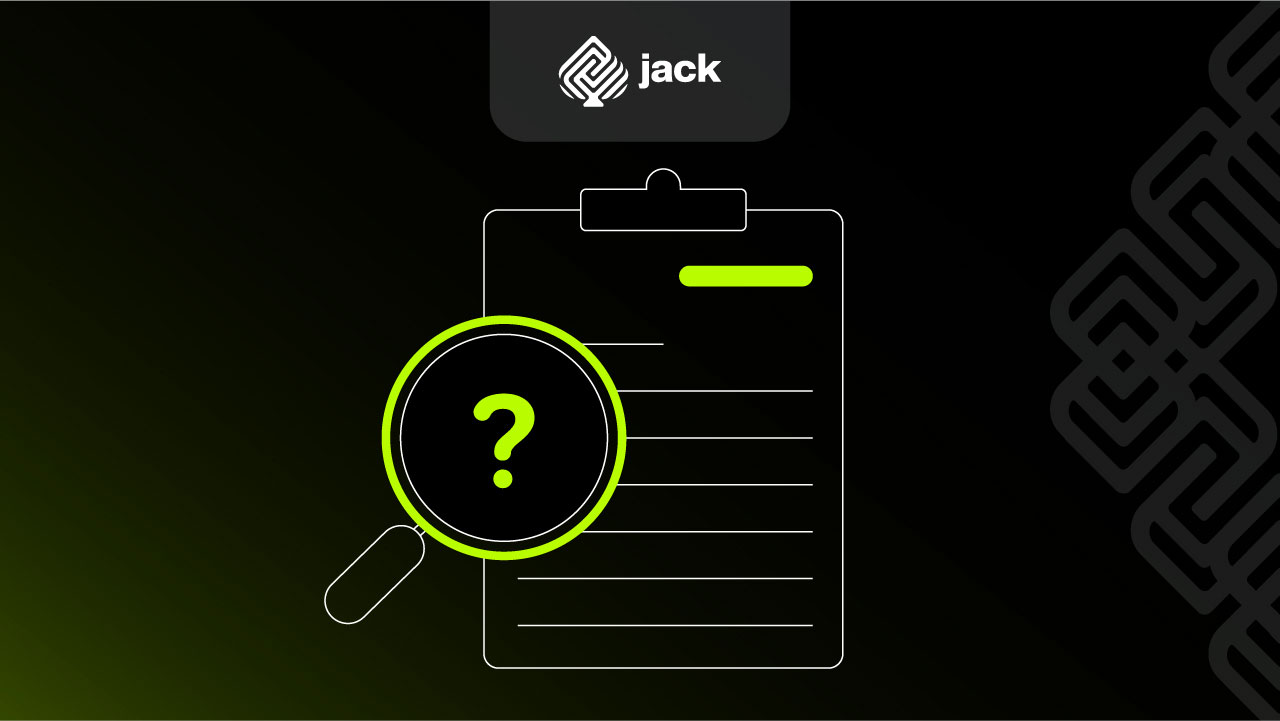
Initial business capital is the total amount of money needed to start a business, which covers all the expenses required before the business begins generating income. This includes costs for purchasing equipment, raw materials, renting space, and other operational expenses. Initial capital can come from various sources, such as personal savings, loans, or third-party investments.
According to Tim Vipond from Corporate Finance Institute, initial capital, or initial outlay, refers to the investment required to start a business or project, such as purchasing new equipment and covering the operational expenses necessary to get started.
Understanding the exact amount of initial capital is crucial for entrepreneurs to plan finances and ensure smooth business operations without the risk of running out of funds.
Also read: How to Choose the Best Virtual Credit Card Services
Why is Calculating Initial Capital Important?
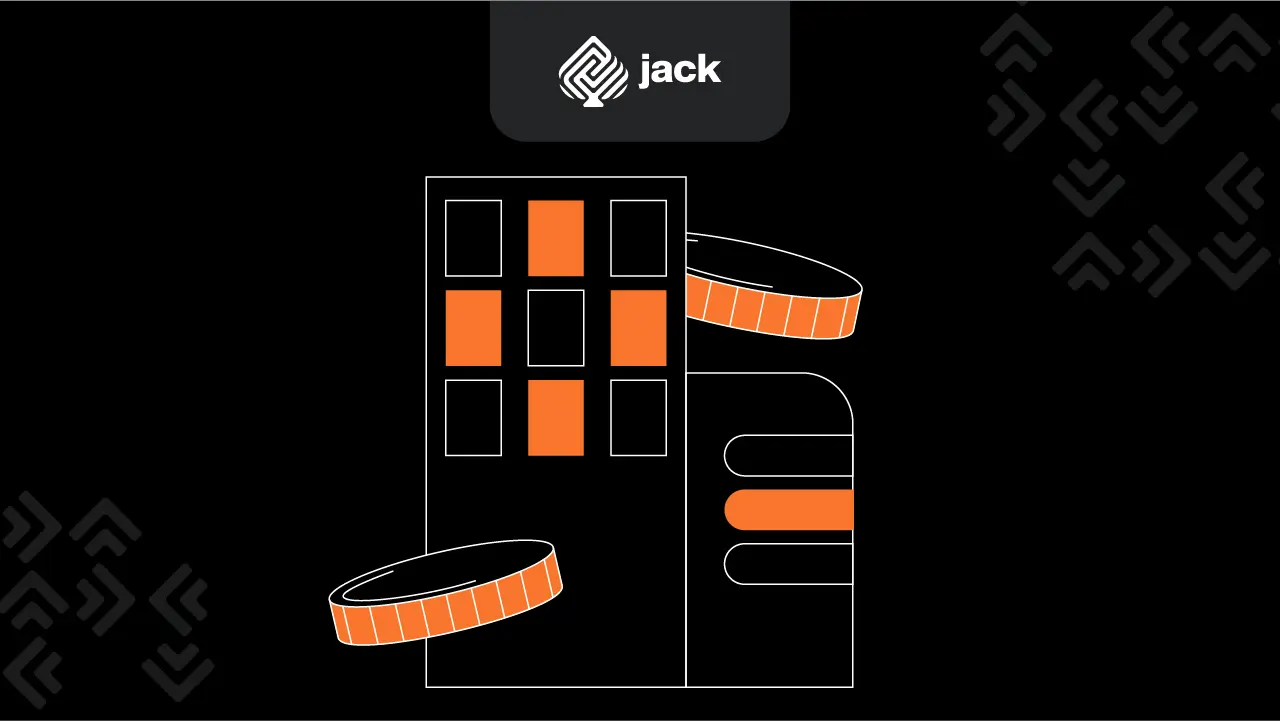
Before you start thinking about marketing strategies or products, it’s essential to calculate your business capital first. Why? Here are some reasons why this is so important.
Avoid Running Out of Funds
With accurate calculations, you can ensure that your initial capital covers all operational needs and initial investments.
Create Clear Planning
A clear capital budget helps you to create a more focused business plan, including estimating the working capital needed for daily operations.
Attract Investors or Secure Loans
If you need financial assistance from third parties, having a detailed capital calculation will serve as a value-added advantage.
Key Elements to Consider in Calculating Initial Capital
To calculate initial business capital, you need to understand the main components involved in this calculation.
Fixed Costs
Fixed costs are expenses that remain unchanged regardless of the size of your business. Examples include:
- Rent for business premises
- Work equipment
- Business licenses or permits
Variable Costs
These costs depend on the volume of production or services offered. Examples include:
- Raw materials
- Daily employee wages
- Operational costs like electricity and water
Contingency Fund
This is additional money set aside for emergencies or unexpected needs, such as an increase in raw material prices.
Also read: Easier, Automatic, and Real-Time Transactions with API Disbursement
How to Calculate Initial Business Capital
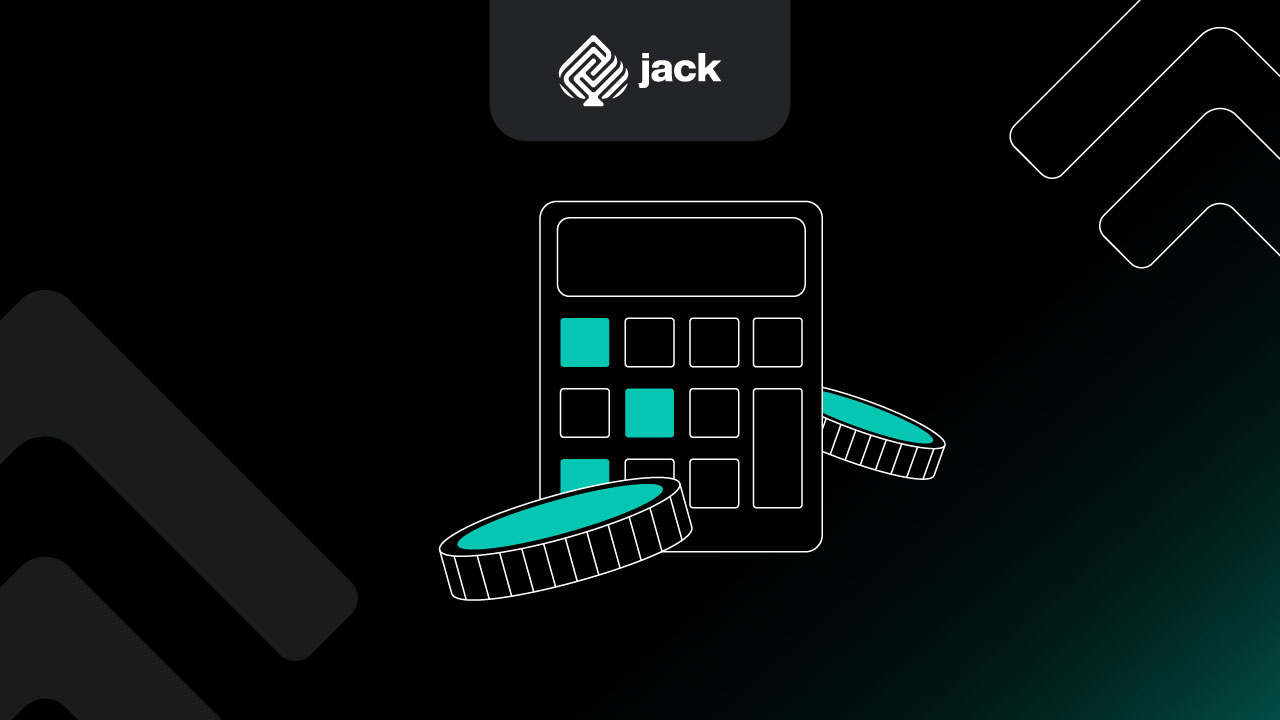
Here are the practical steps for calculating your initial business capital.
1. Make a List of All Expenses
Start by listing all the needs for starting the business. Separate them into fixed, variable, and contingency expenses.
2. Use a Simple Calculation Formula
To calculate your initial capital, you can use the following formula:
Initial Capital = Fixed Costs + Variable Costs + Contingency Fund
For example: If your fixed costs are IDR 50 million, variable costs are IDR 20 million, and you prepare a contingency fund of IDR 10 million, then your total initial capital would be IDR 80 million.
3. Use the Private Method to Manage Capital
The “Prive” method refers to drawing personal funds from the business profits. When calculating your initial capital, ensure that you do not use working capital for personal needs to maintain healthy business cash flow.
4. Consider Final Capital
Final capital is an evaluation of your initial capital after the business starts operating. It helps you understand whether the capital allocation was correct or needs adjustment.
Example of Capital Calculation for a Food Business
Suppose you want to start a small food business with a simple food stall concept.
- Fixed Costs: Rent (IDR 10 million), kitchen equipment (IDR 15 million)
- Variable Costs: Initial raw materials (IDR 5 million), employee wages (IDR 3 million)
- Contingency Fund: IDR 2 million
Total initial capital:
Initial Capital = IDR 10 million + IDR 15 million + IDR 5 million + IDR 3 million + IDR 2 million = IDR 35 million
By doing this calculation, you now have a clear picture of the funds needed before starting your business.
Spend with Flexibility, Anywhere with Jack
Tips for Managing Business Capital Efficiently
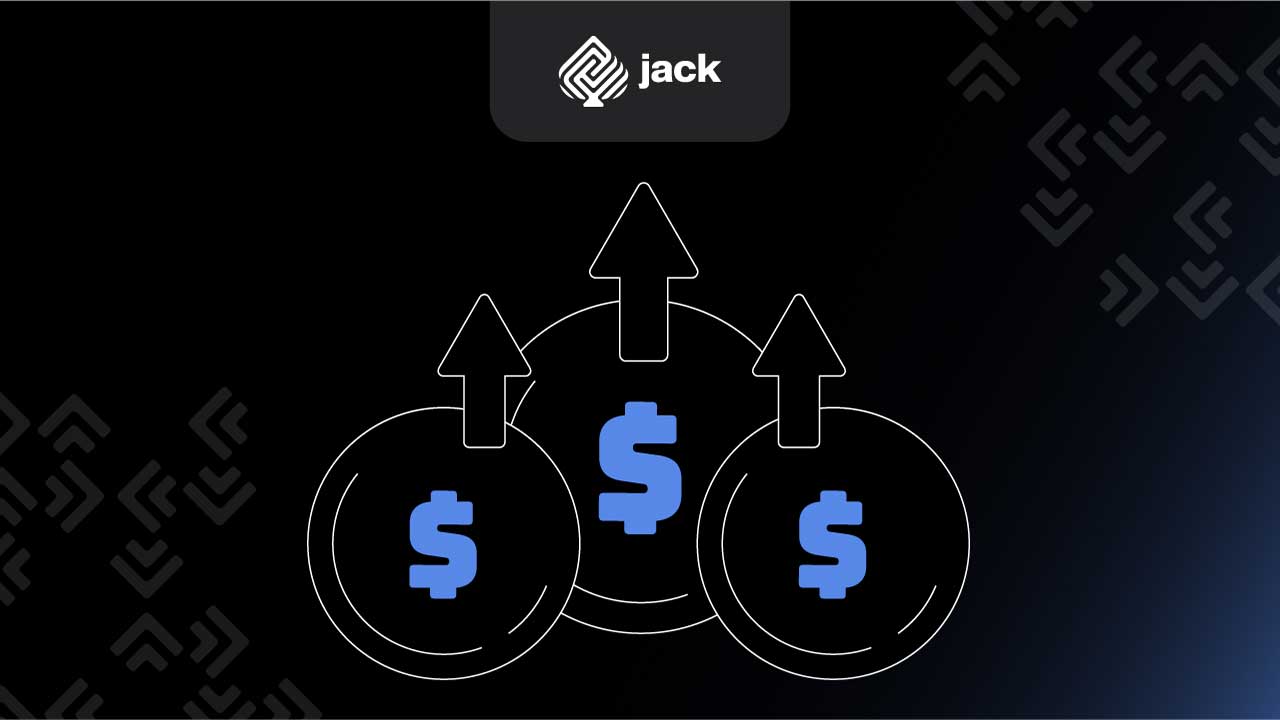
1. Start Small
If you have limited capital, don’t start with a large-scale business. Focus on small, stable steps.
2. Track All Expenses
Use accounting apps or software to record every expense, big or small.
3. Analyze Revenue and Operational Costs
Always compare revenue with operational costs to ensure the business remains profitable.
4. Prepare an Emergency Fund
Make sure you have a contingency fund to deal with unexpected situations, such as a drop in income or an increase in raw material prices.
Calculating your initial business capital is a crucial step that should not be overlooked by entrepreneurs. With accurate calculations, you not only ensure that your business runs smoothly but also lay a strong foundation for achieving success.
Use Jack for Your Business Needs
Use this guide to calculate your initial business capital and ensure all aspects are accounted for, from fixed costs to contingency funds. With proper planning, your business will be ready to face various challenges and grow sustainably.

